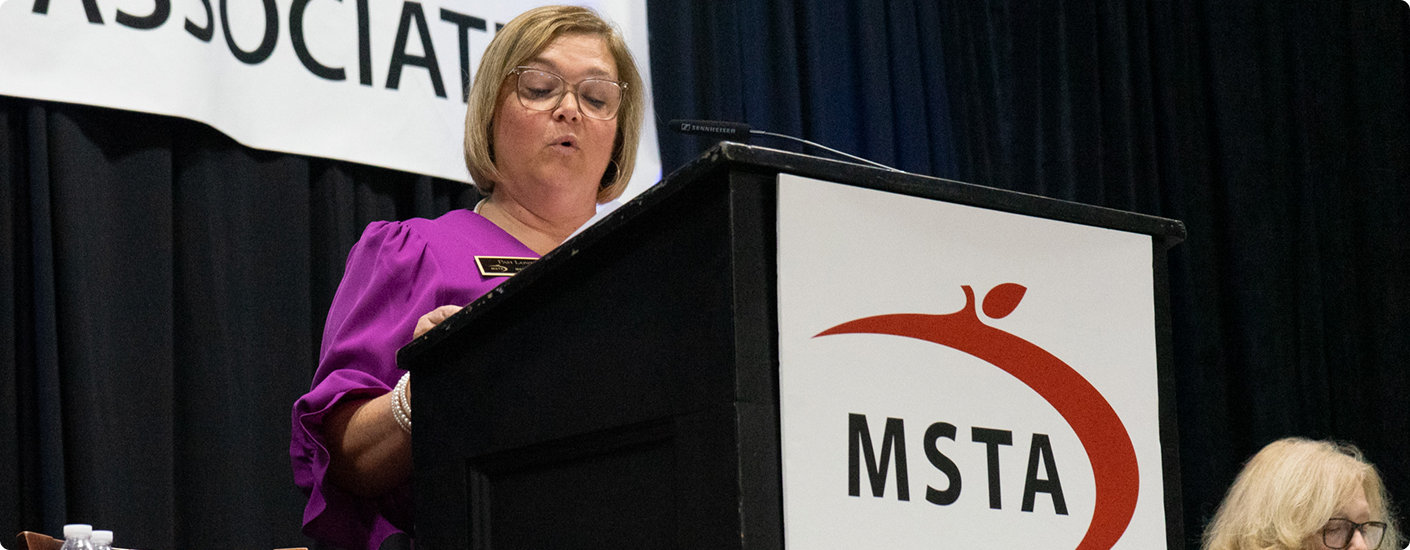Building Strong School–Central Office Relationships for Better Outcomes
A thriving school district is more than just a collection of classrooms and offices — it’s a network of relationships. Among the most important of these is the connection between school staff and central office leadership. When these two groups work together with trust, transparency, and regular communication, the benefits ripple out to students, staff, and the community.
Below is a deep dive into strategies that have proven effective for fostering strong, respectful, and productive relationships between teachers, building representatives, administrators, and school board members.
1. Build Equal Representation Into Your Structure
Representation matters — and not all buildings or departments are the same size. One way to ensure equity is to create a clear, proportional representation system. For example:
-
Small sites (1–20 certified staff) might have 1 representative.
-
Medium sites (21–40) have 2 representatives.
-
Large sites (41+) have 3 representatives.
This guarantees every staff group has a voice in district-level conversations, regardless of building size.
2. Establish Consistent, Predictable Meeting Schedules
Monthly executive committee meetings can be a powerful tool when timed strategically — for instance, holding them the day after school board meetings to ensure the latest updates are fresh.
Who should be in the room?
-
Superintendent
-
Assistant superintendents
-
HR representatives
-
Professional development leaders
-
Building representatives
This mix ensures both operational and instructional perspectives are present.
3. Create Reciprocal Visibility Between Staff and Board Members
It’s common for board members to mostly see teachers during salary negotiations. To change this perception, staff can commit to attending board meetings throughout the year, with each building taking a turn.
An even stronger approach: invite board members to sit in on staff meetings as observers. This keeps them informed about day-to-day realities without requiring them to take on a speaking role.
4. Use Joint Committee Meetings to Build Understanding
Hosting joint meetings with board members in the fall and spring can break down barriers and personalize communication. A successful format might include:
-
One board member assigned to each discussion table.
-
A short social time, followed by a structured agenda.
-
Opportunities to share what’s going well and what needs improvement.
-
Note takers at each table to capture ideas and concerns.
This approach ensures the board hears about both celebrations and challenges — from facility needs like staff bathrooms to systemic concerns such as substitute shortages or bus schedules.
5. Keep Communication Flowing Back to Buildings
Transparency strengthens trust. After board and executive committee meetings:
-
Type up clear notes.
-
Share them with building representatives.
-
Post them in staff areas so everyone stays informed.
Even small changes in meeting timing can matter. For example, scheduling principals’ meetings before executive committee meetings ensures building leaders have information first, avoiding awkward “staff knows before admin” situations.
6. Respect Time and Involvement Barriers
Different school levels have different schedules — and that impacts meeting participation. To increase attendance:
-
Consider holding some meetings during in-service days.
-
End meetings early enough for staff to go home, rather than waiting between student dismissal and meeting time.
-
Recognize that participation patterns will vary and adapt accordingly.
7. Host Events That Matter to Everyone
Some activities draw broad interest across the district:
-
Legislative previews from local or state education advocates.
-
Board candidate forums before elections.
-
Retirement recognitions at the end of the year.
Open these events to all staff — regardless of membership in professional associations — when the content has districtwide impact.
8. Address Membership Growth and Retention
Whether for professional associations or internal committees, membership can ebb and flow. Incentives such as gift card drawings for members who join by a certain date can spark engagement.
Consider multiple payment methods:
-
Payroll deduction (where available)
-
Online autopay with annual auto-renew
-
Credit card or bank draft options
If legislative changes threaten payroll deduction, be ready with a clear, step-by-step transition plan for members.
9. Meet with Leadership Outside of Crisis
Proactive, relationship-building meetings are just as important as problem-solving sessions. Annual planning lunches with officers and leadership can:
-
Review successes and challenges from the previous year.
-
Set membership and engagement goals.
-
Identify issues to address before they become urgent.
10. Keep It About Teamwork
The most effective districts operate from the belief that everyone — from superintendent to custodial staff — is part of the same team. When staff and central office operate with mutual respect, decisions are better informed, solutions are more creative, and students benefit from a unified school system.
Key Takeaway:
Strong relationships between school staff, central office leadership, and the school board don’t happen by accident. They are built through intentional structures, consistent communication, and a shared commitment to working together year-round — not just during contract negotiations.
 Login
Login
 MSTA Regions
MSTA Regions
 Search
Search
 Contact Us
Contact Us




